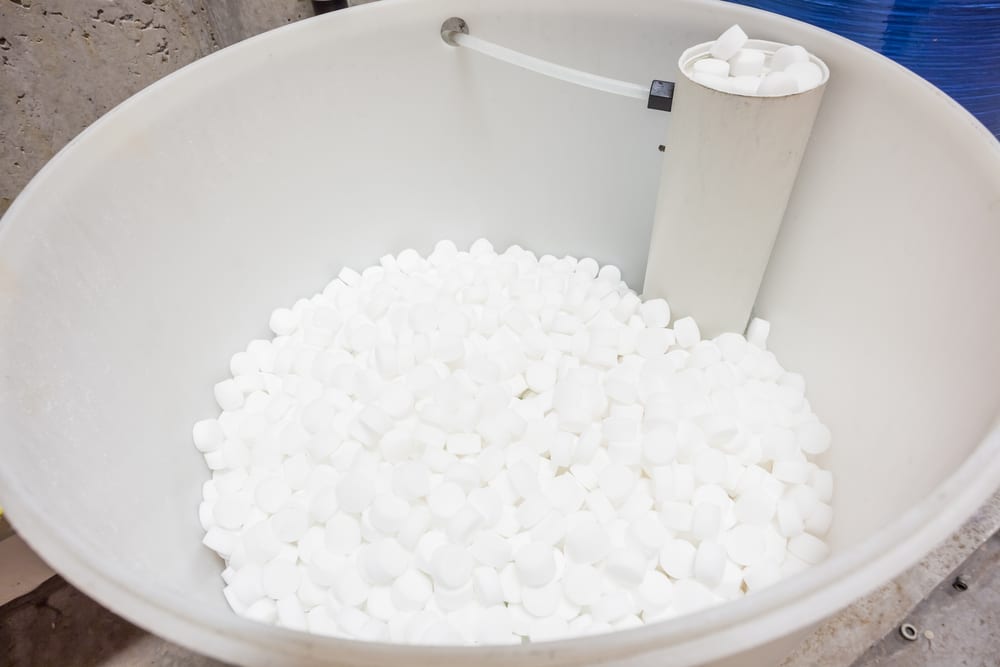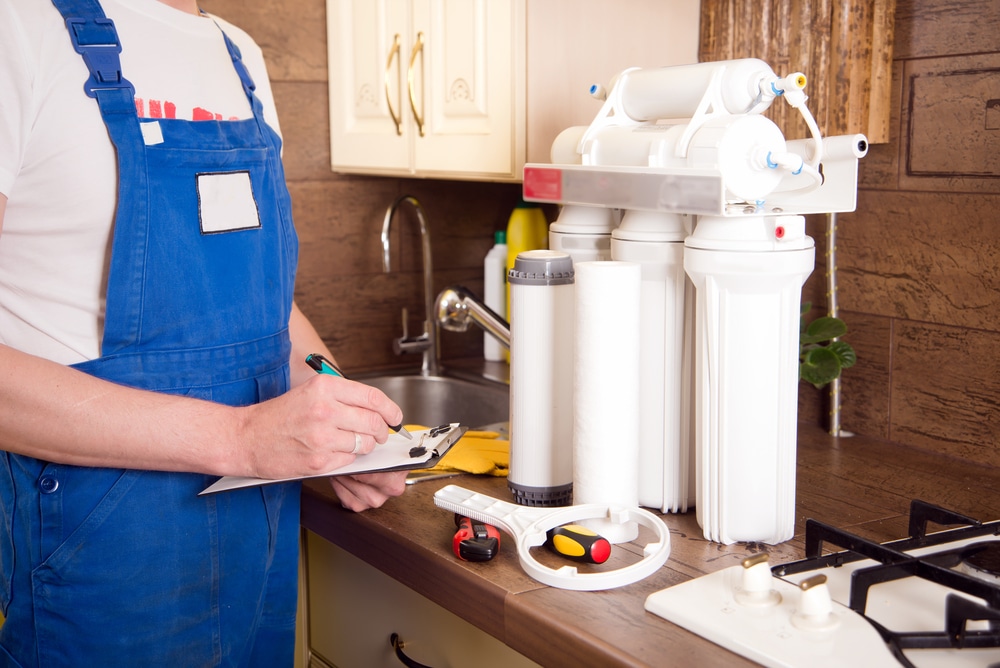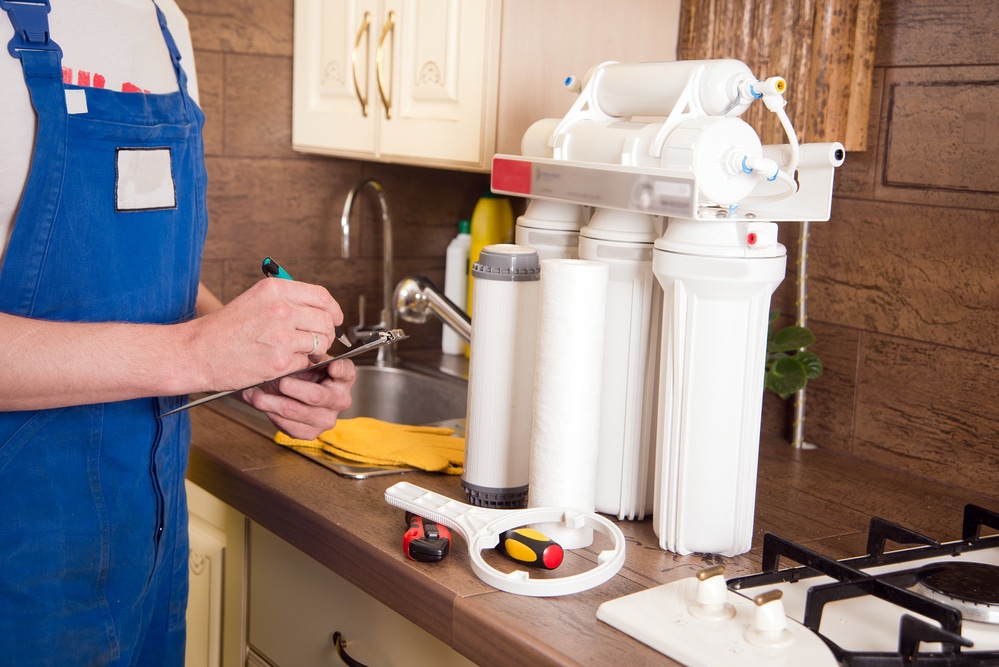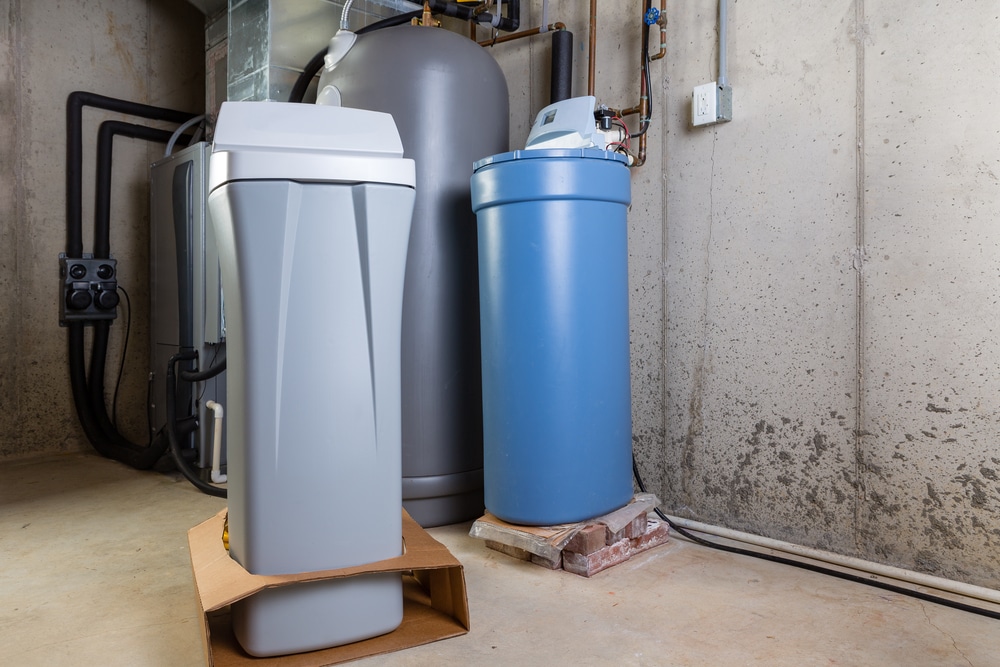One key reason many people choose Kinetico water softeners is that they use about 70 percent less salt than competing brands. Investing in one means not having to pay for or lug around nearly as many bags of salt, something everyone appreciates.
But, many of our customers want to know why our softening systems don’t need much salt. If you’re curious, read on to learn about the three features of Kinetico water softeners that cut down on salt usage.
Regeneration Based on Real-Time Water Use
Traditional softening systems have computerized controls that are set to regenerate at specific times. They cannot soften water and regenerate at the same time, so the regeneration has to happen when no one is using water, like in the middle of the night.
The problem is, these types of softeners regenerate as scheduled, whether or not they actually need regeneration – and that results in burning through as much as 25 to 30 percent more salt than really necessary.
Kinetico softeners don’t regenerate on any schedule. The advanced engineering allows for regeneration at any time, without any effect on their softening capacity. As such, no salt is wasted with a Kinetico system.
Innovative Countercurrent Regeneration Process
The regeneration process for a traditional softening system starts at the top of the brine tank and moves downward. This is not an efficient approach – we’d compare it to cleaning a sink full of greasy pots and pans, then using the same dishwater to wash glassware.
How so? The concentration of hard water contaminants is highest at the top of the tank, so the top-down approach basically regenerates contaminated water with contaminated water.
Kinetico softeners feature counter current regeneration, starting at the bottom of the brine tank and working its way upward. This technology cuts unnecessary salt use by roughly 25 percent.
System Regeneration Process Uses Soft Water
Traditional water softeners use hard water in the regeneration process. And as you might expect, this is counterproductive – and wastes a great deal of salt.
Kinetico softening systems don’t operate this way. Instead, they regenerate with soft water, which makes a world of difference. In fact, this state-of-the-art design feature cuts down on salt usage by 20 percent.
Now you know why Kinetico water softeners use much less salt – and if you’d like to learn more about our high-quality, innovative softening systems, reach out to Kinetico Utah today.
A trusted local industry leader for over 30 years, Kinetico Utah has helped countless homeowners enjoy better household water quality. Contact us and schedule a free, no-pressure consultation to discuss the many benefits of Kinetico water softeners today!








